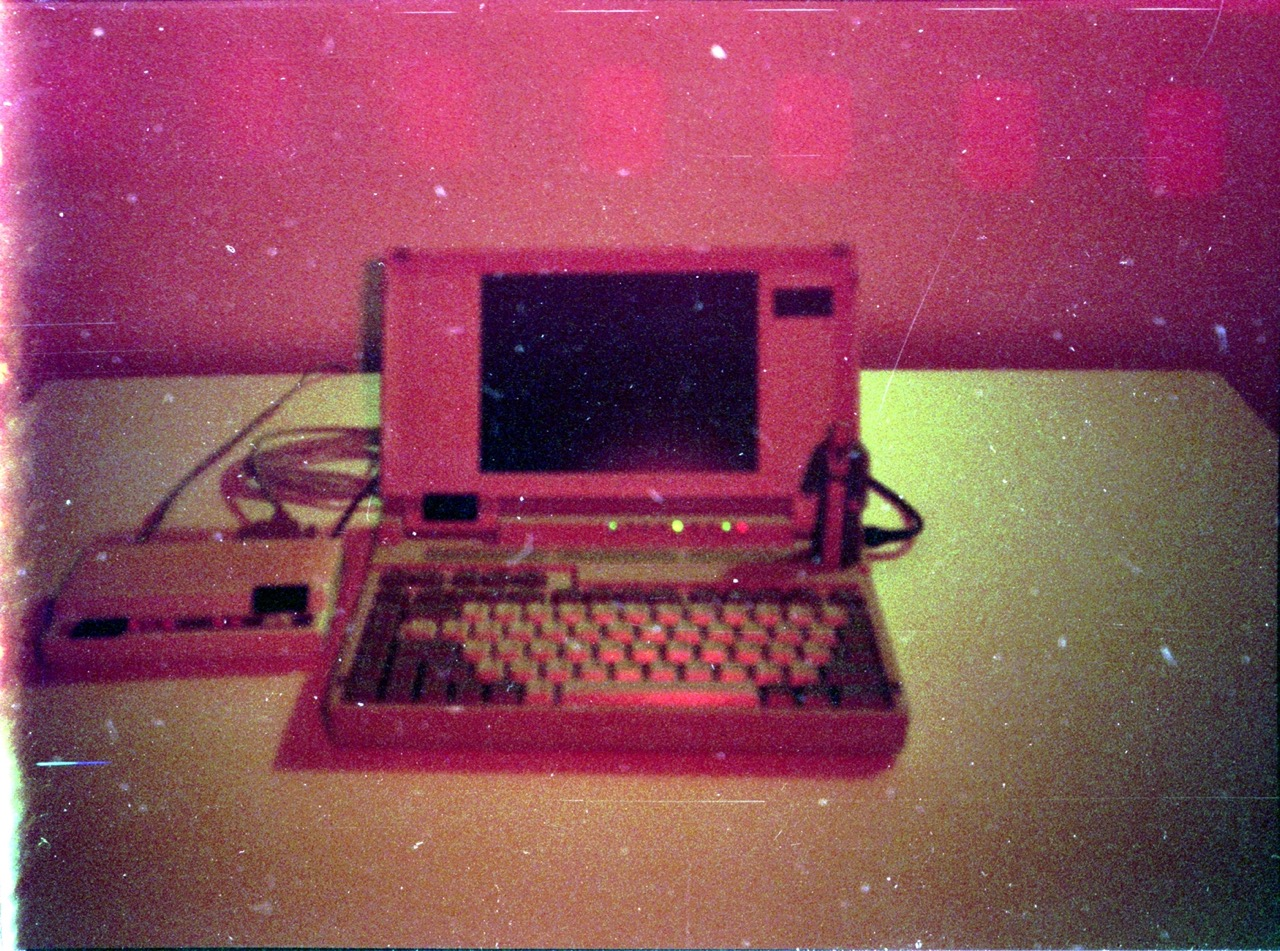

I have cable. It doesn’t really work like that anymore. I used to be able to click through ALL the basic cable channels, catching a frame or two of every single channel, with zero delay between channels, all within like under a minute. These days every channel change or menu selection has a built-in delay of at least a second or two. Channel surfing just doesn’t vibe the same anymore. That form of TV is mostly if not entirely dead.




0? Hardly. For a simple pop-culture counterpoint, V for Vendetta was written as an indictment of the UK’s slide into fascism. It was published in 1982. Fascism doesn’t happen overnight, it’s a slow boil erosion of rights and democracy that works in the shadows of government over decades to dissolve checks and balances from the inside and within the law.